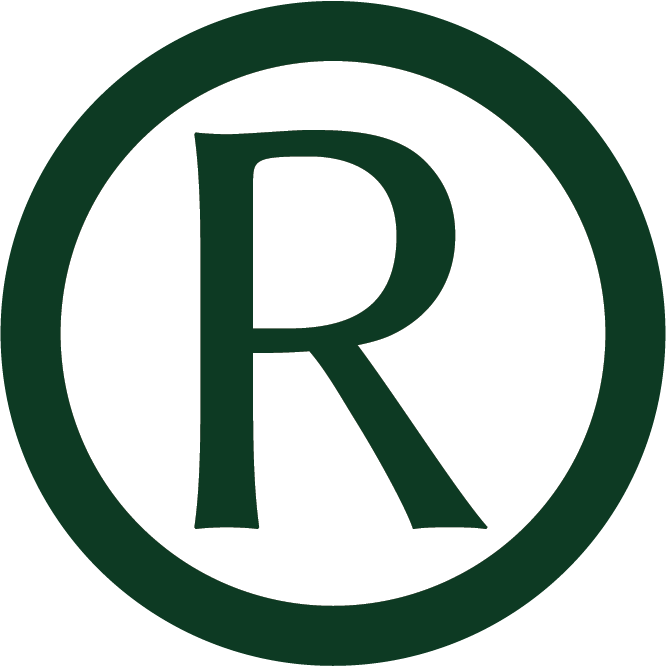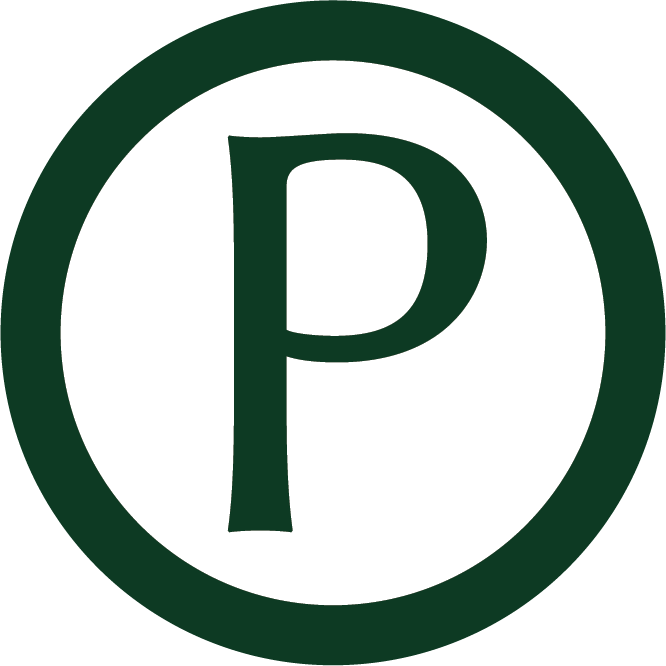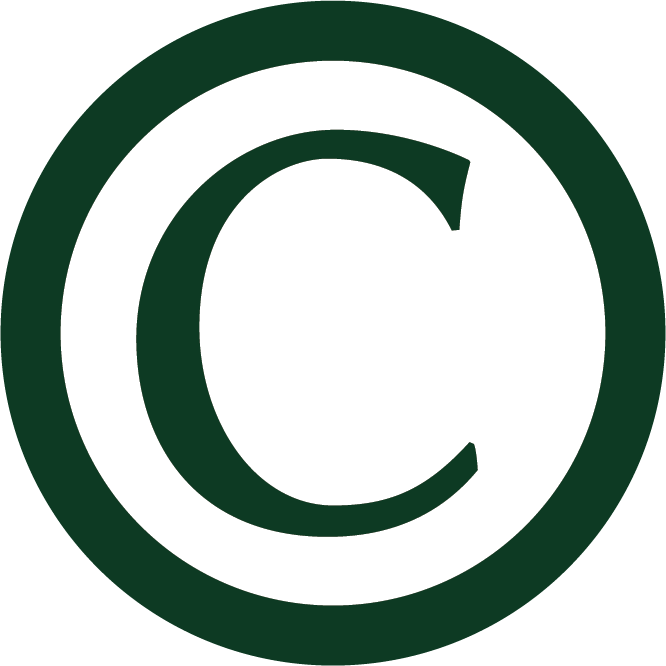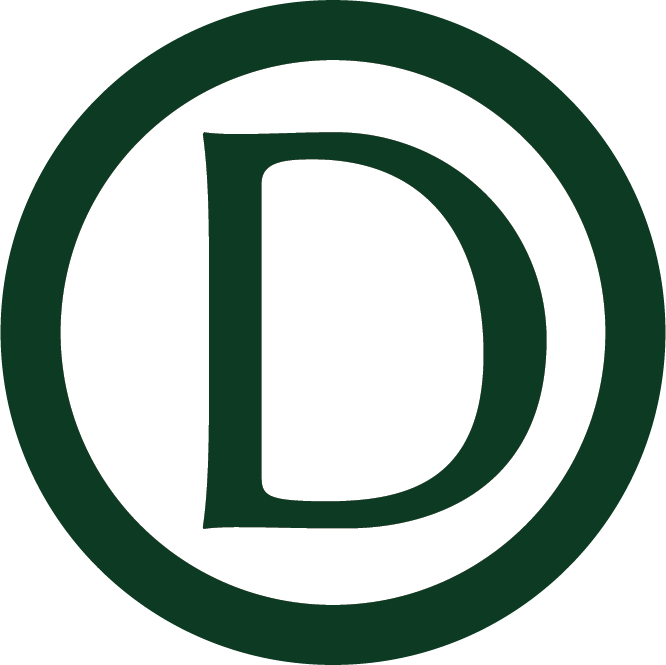Trademark Applications
Why do I care about trademarks?
It’s your name. It’s your brand. Don’t let someone else steal it.
Your brand helps define your business and tells your customers who you are. Is another company misusing your brand? Tim Ackermann can help you understand what you can do to protect it.
What’s a trademark? Same as a servicemark?
A word, logo, symbol or combination that sets your products or services apart.
A trademark can be different things: “any word, name, symbol, device” but it has to distinguish the products or services from other providers or tell the consumer the source of those products or services. Servicemarks are trademarks for services.
What is a trademark registration? Same as a trademark?
A trademark registration – usually awarded by the U.S. Patent & Trademark Office – shows that the listed trademark has been put on an official list as being publicly approved.
Trademarks may be published and placed on a searchable “register” once they have been approved. A Federal trademark registration shows that the listed trademark has been officially approved, and gives the owner several legal advantages. This process starts with the owner filing an “application” to register the trademark with the U.S. Patent & Trademark Office (USPTO). If the USPTO approves the application, it can eventually be registered.
How do you get a trademark registration?
You have to file an “application” to register the trademark with the U.S. Patent & Trademark Office (USPTO). This starts the process of getting the listed trademark publicly approved.
Once an “application” to register the trademark with the USPTO is filed, the USPTO will search, reviews & may approve the trademark application. Once approved, the trademark is typically published and then placed on a searchable “register” once finally approved. Tim Ackermann can help lead you through this process.
Are there reasons to get a trademark registration?
Yes — a Federal trademark registration, for instance, serves as legal evidence that the owner owns the trademark and the exclusive right to use it for the listed goods or services.
The owner of a Federal trademark registration has several legal advantages. It can use the registration in a trademark dispute to prove that it owns the trademark, that its rights for the trademark are exclusive for the listed goods, that the trademark is valid (protectable), and that it was already using the trademark nationwide based on the date it filed the application.
Who owns a trademark?
Generally, the first person or company to use it in a geographic area for a particular good or service. But that can depend on if someone owns a trademark registration.
The owner of a trademark is normally the first person or company in that geographic area who uses for the good or service. That use can also be by another company or person if it benefits the owner. The owner of a trademark registration has a big advantage here, because it can get credit for using the trademark nationwide as of the date it first filed its application.
I haven’t started doing business yet – is it too early to file a trademark application?
No, because you can file an application for the goods or services that you plan to use the mark on.
Filing before beginning use can be a good idea. The USPTO permits owners to apply based on their “intent to use” the trademark on certain goods or services. Although one ordinarily cannot get a registration until the trademark is used, being first to apply is important. Once the trademark is registered, you will have use nationwide – backdated to your application date.
I already have a domain name; isn’t that like a trademark?
No, they are not registered by the same agencies or do the same things.
Domain names are registered by other agencies, not the USPTO. Domain name registrations do not stop anyone from using a similar name. And a domain name registrar can (and will) register the same word for .com / .org / .net addresses to different owners.
Trademark Office Actions
Why did I get an “Office Action”?
The Trademark Office is trying to deny your trademark application, but you get a chance to explain why you are right.
If the Trademark Office sees a problem with a trademark application, it usually issues this kind of a notice to tell the owner that it is refusing to register the trademark, and why. But this refusal is not necessarily final. The trademark owner can try to convince the Trademark Office it was wrong or has made a mistake. Often that explanation includes why the law says the Trademark Office should not refuse registration. Other times, the reason may be simple to overcome if one is familiar with the rules.
What is the “Office Action” I got from the Trademark Office?
This is a paper from the Trademark Office telling you that is trying to deny your trademark application (or has put it on hold), and why. You can try to explain why you are right.
This is a notice from the Trademark Office to tell the owner that it is refusing to register the trademark – at least for the time being – and why. The trademark owner can try to convince the Trademark Office the reasons in the Office Action are wrong. Often that explanation includes why the law says the Trademark Office should not refuse registration. Other times, the trademark owner can make simple changes or responses that are allowed by the rules.
Why is the Trademark Office saying there is a confusion about my trademark?
The Trademark Office believes that your trademark application is likely to be confused with another one. You can try to show the Trademark Office that is not wrong.
The Trademark Office cannot register a trademark if it believes there a “likelihood” of confusion with another trademark that is already registered. So this means the government attorney reviewing your application thinks that your trademark – for the goods or services that you claimed – is likely to be confused with the other trademark and its goods. But the first argument they make is often very one-sided. And many times, the trademark laws do not agree with those arguments. So it is important to be able to show why the law, or the facts that the Trademark Office originally ignored, show it should allow your trademark to be registered.
Why is the Trademark Office saying I must disclaim my trademark?
The Trademark Office believes that part of your trademark too closely describes your goods or services. This might be a fair decision, or you there might be other facts to convince the Trademark Office to change its mind.
The Trademark Office will not allow owners to get exclusive rights to any trademark (or parts of a trademark) that just describes the owner’s goods or services. The disclaimer that is “required” would be for part of that trademark, and mean that the owner would not get exclusive rights to that part, except as part of the whole trademark. The “requirement” is not absolute. An exception exists if an owner can show the trademark has become ‘distinctive’ – but one has to convince the Trademark Office. The rules make certain situations more likely to help the trademark owner do this.
Why is the Trademark Office saying my trademark is just descriptive?
The Trademark Office believes that part of your trademark closely describes your goods or services and cannot be protected. There might be other facts to convince the Trademark Office to change its mind.
The Trademark Office will not allow owners to get exclusive rights to any trademark that just describes the owner’s goods or services. It may refuse to register trademarks of this sort. But an exception exists if an owner can show the trademark has become ‘distinctive.’ This is something that the owner has to convince the Trademark Office about. The rules make certain situations more likely to help the trademark owner do this.
When do I have to respond to the “Office Action” I got from the Trademark Office?
A response to an Office Action is due within six months, though it might not be too late to save the application, even it has been somewhat longer.
A response to an Office Action is due within six months of the “Issue/Mailing Date” that appears above the explanation of reasons for refusing to register the trademark. This is not extendable. But even after the Trademark Office says the application was abandoned, there might be a way to save it.
Trademark Infringement
Did someone accuse you of violating a trademark?
You may have done nothing wrong but you should not ignore the accusation.
This is called trademark infringement, but you may have done nothing wrong. Trademark infringement is more than having a name that seems similar. If it’s important to your company, you can fight back – you may want to see if your rights are better than theirs, if your markets are too different, or find another way to defend yourself. You do not have to stop using a trademark just because you they say so. But you should have a lawyer look at the claim. Knowingly infringing a trademark (“willful infringement”) can greatly increase the risk to your business. Tim Ackermann has fought on both sides of trademark cases.
Did someone send you a “cease and desist” letter about a trademark?
Is someone using your trademark?
It’s your name. It’s your brand. Don’t let someone else steal it.
Your brand helps define your business and tells your customers who you are. Is another company misusing your brand? Are your customers confused about who is who? This might be trademark infringement, and you don’t have to take it. Tim Ackermann can help you understand what you can do to protect yourself.









